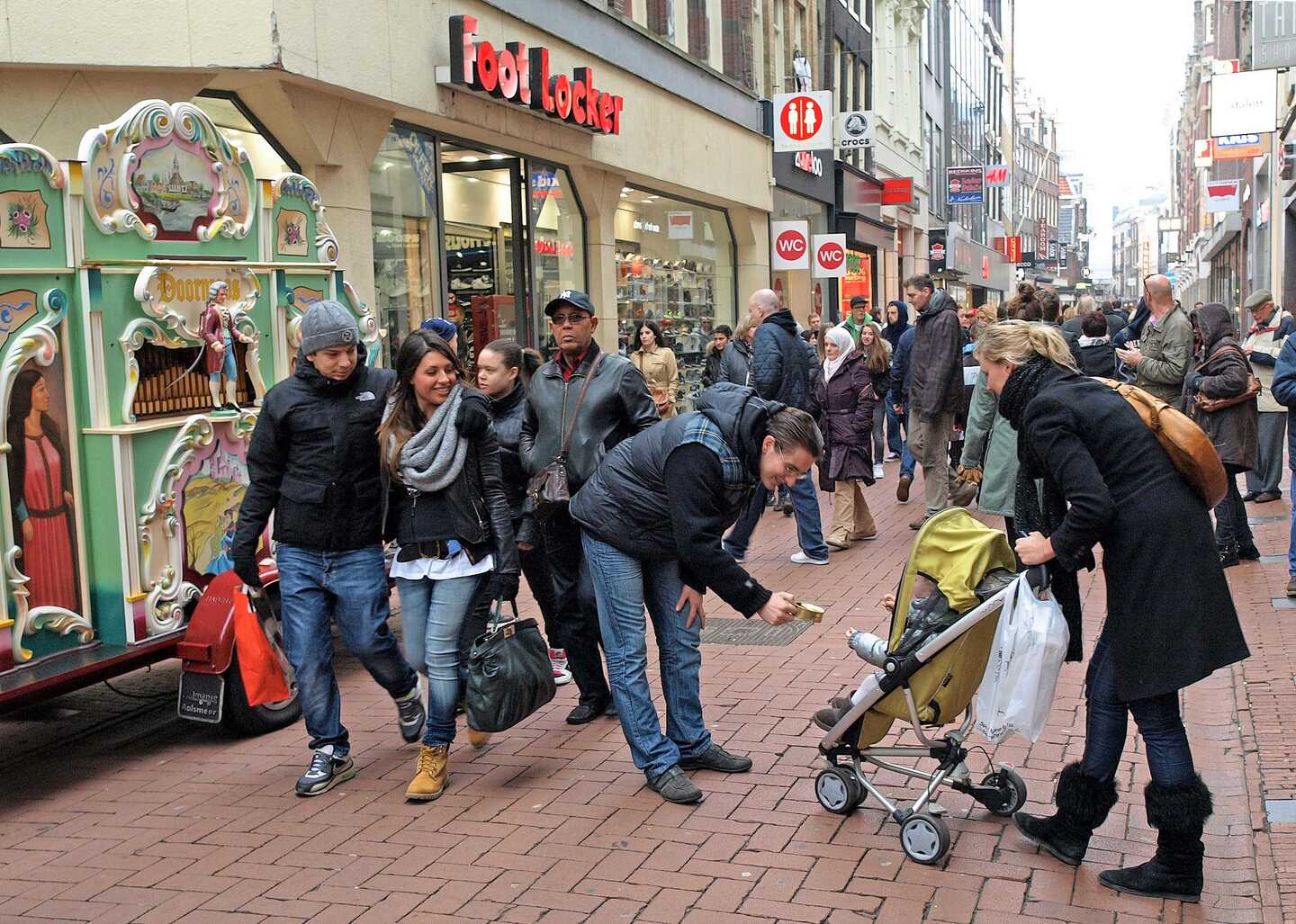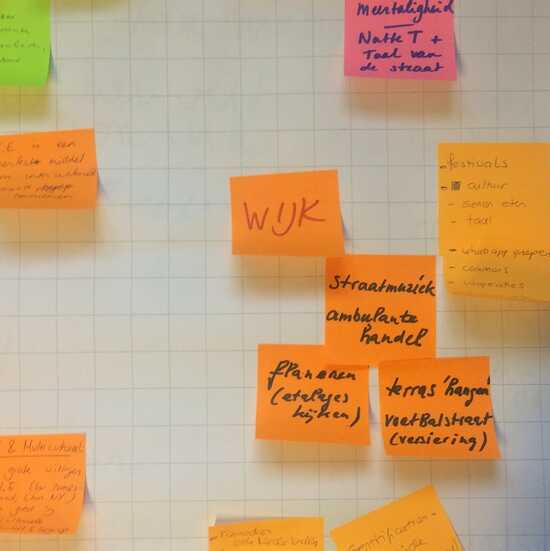At Panorama Nederland, a future perspective for the spatial design of the Netherlands, the director of the Open Air Museum, Teus Eenkhoorn, kicked off the expert meeting. Panorama Nederland can be seen in the entrance hall of the Open Air Museum.
The meeting was continued in the town houses in the Westerstraat. After an introduction and short presentation by Centre for ICH employee Albert van der Zeijden, the experts split into two groups. Various questions were explored during the animated discussions: What is the dynamics of the city? What is the power of intangible cultural heritage in the urban environment? And where do the needs lie and are incentives desirable?
In both groups a number of differences between the city and the countryside emerged; the scale and possibilities in the city are greater and cities are characterized by greater diversity. However, a striking observation in that light is that the scale in the city is often reduced to a manageable level, that of the neighborhood. At that level it is easier to feel connected to each other.
A recurring theme was the power of intangible cultural heritage. According to the experts, that power is largely in the encounter that is connected to it; intangible cultural heritage is often something you do or experience with others. Intangible cultural heritage brings something to the fore and can ensure social cohesion. For these encounters it is important that there are places where people can come together to practice or experience the intangible cultural heritage; from the Klapkotten in Zeeland to the bènkskes in Tilburg; meeting places such as community centers are crucial and should therefore be facilitated.
The experts also saw other ways to stimulate the safeguarding of intangible cultural heritage: making the heritage visible, working on raising awareness, and focusing on people who play a role as a connector, such as entrepreneurs, volunteers and professionals. However, since intangible cultural heritage works from the bottom-up principle, things should not be imposed, but facilitated. The heritage communities must be given the space and opportunities to do it themselves, was a shared conclusion.
Do you want to read more about this expert meeting? The full report can be downloaded here.


